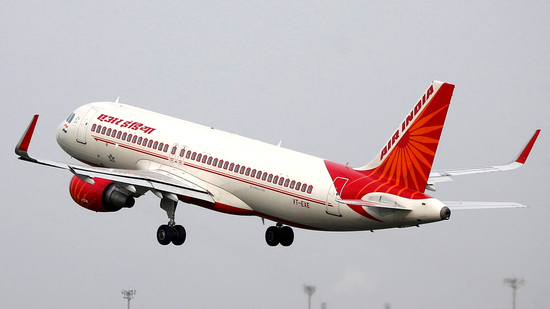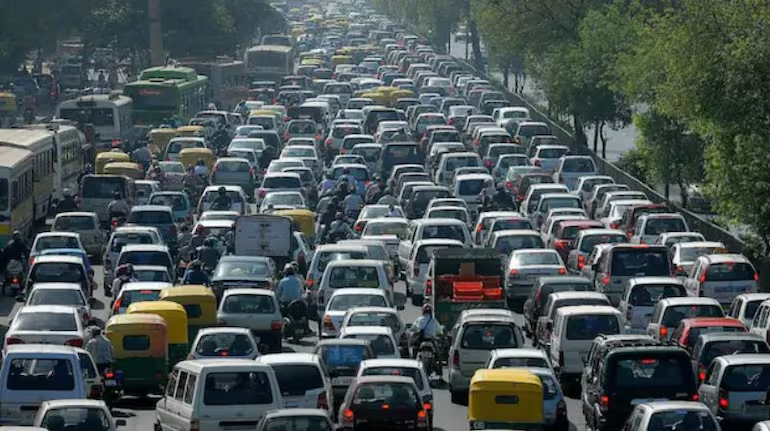Air India Cancels Eight Flights: What’s Behind the Disruptions and What You Need to Know
- Abhishek

On June 20, 2025, Air India announced the cancellation of eight flights—comprising both domestic and international routes—citing “enhanced maintenance and operational reasons.” This move comes on the heels of the tragic June 12 Dreamliner crash in Ahmedabad, which claimed 270 lives, and follows intensified regulatory and internal scrutiny. Here’s a deeper exploration of what’s unfolding and why it matters to travellers and the aviation sector alike.
What Flights Were Affected?
The cancellations include four international and four domestic flights:
International routes:
-
AI 906 (Dubai → Chennai)
-
AI 308 (Delhi → Melbourne)
-
AI 309 (Melbourne → Delhi)
-
AI 2204 (Dubai → Hyderabad)
Domestic routes:
-
AI 874 (Pune → Delhi)
-
AI 456 (Ahmedabad → Delhi)
-
AI 2872 (Hyderabad → Mumbai)
-
AI 571 (Chennai → Mumbai)
Why Now? Maintenance, Regulations, and Crisis Fallout
1. Post‑Crash DGCA Inspections
After the June 12 crash of flight AI 171 from Ahmedabad bound for London Gatwick, the Directorate General of Civil Aviation (DGCA) mandated enhanced safety checks across all Boeing 787 Dreamliners in the Air India fleet. Reports indicate that 24 out of 33 Dreamliners have already undergone inspections; the remainder are being reviewed . At the same time, preliminary checks on Boeing 777s are also underway .
2. Operational Realities and Spare Parts Constraints
Aviation sources confirm that Air India is dealing with grounded aircraft due to parts shortages and scheduling constraints. For example, two Dreamliners are currently AOG (Aircraft on Ground) in Delhi awaiting maintenance . Such disruptions, combined with tightened crew duty regulations, further complicate flight operations.
3. Geopolitical Airspace Disruptions
Besides maintenance, tension in the Middle East—especially over Iran–Israel airspace closures—has disrupted flight paths. Air India’s widebody routes that typically pass through this region now require rerouting, increasing fuel needs and delaying crew duty cycles .
4. Operational Caution Amid Safety Concerns
There are indications of heightened caution among pilots and ground staff. A pilot for one Air India Boeing experienced a panic attack during pre-flight procedures—an anecdotal echo of the industry stress post-crash .
Broader Scale: How Big Is the Disruption?
-
Since June 12, approximately 66 Dreamliner flights have been cancelled .
-
A total of 83 widebody international flights have been disrupted due to combined safety checks, airspace closures, and crew limitations .
-
Air India has announced plans to reduce its international widebody operations by ~15% until mid‑July, affecting nearly 38 flights weekly and suspending select routes .
Support for Passengers: Refunds, Rebooking, and Convenience
Air India has committed to mitigating travel disruptions by:
-
Offering rebooking on alternate flights
-
Providing full refunds
-
Covering necessary accommodations for delayed travellers
Passengers affected by the eight flight cancellations on June 20 can choose between rescheduling or refunds. The airline aims to adjust schedules ahead of the new timetable rolling out from June 21 to mid‑July .
Are Air India’s Planes Safe?
Yes—as far as current data shows. The DGCA’s enhanced checks have found no major safety flaws in the Boeing 787 fleet . A small number of aircraft remain under separate maintenance, but the regulator and airline assure compliance with all standards.
Air India chairman N. Chandrasekaran confirmed that the crashed aircraft had a clean maintenance history. He emphasized that both Boeing 787 engines were serviced recently, and that pilots were well-qualified .
What Should Travellers Do?
1. Stay Informed
-
Check your flight status regularly using the PNR online or the airline’s app.
-
Sign up for alert notifications via email/SMS.
2. Know Your Rights
-
You’re entitled to either a new flight booking or a full refund.
-
If overnight delays occur, ask about hotel stays—Air India states it will accommodate passengers when necessary .
3. Plan for Buffer Time
Consider scheduling layovers or flexible return dates, especially on widebody international routes that may still face cancellations or rerouting due to airspace issues.
4. Customer Service Outreach
If stranded, contact Air India’s customer support, social media channels, or airport personnel to discuss rebooking or voucher options.
What Lies Ahead?
-
Mid‑July is the tentative end date for the 15% reduction directive.
-
The airline will likely begin phasing flights back gradually, contingent on completion of all safety audits and aircraft readiness.
-
Continued volatility in airspace geopolitics may keep travel plans in flux—so travellers on Middle Eastern or long-haul routes should keep a close eye on these developments.
Final Thoughts
Air India’s decision to cancel eight flights on June 20 is not arbitrary—it reflects a broader, deliberate response to high-stakes incidents, heightened regulatory oversight, and operational constraints. For travellers, understanding the whybehind the cancellations offers reassurance and informs smarter planning. And while Air India recommits to restoring full service by mid‑July, passengers should remain vigilant, informed, and flexible in planning their journeys.
From this disruption, a clear message emerges: passenger safety is paramount, and even large-scale inconvenience today may be a necessary step towards preventing bigger risks tomorrow.
In summary, the cancellations are a ripple from a major crisis—born from tragedy, compounded by regulatory rigor and logistical hurdles. Yet, with transparent communication and passenger-first policies, Air India seems to be navigating toward stability. For now, travellers should stay alert, understand their rights, and plan with extra caution.








